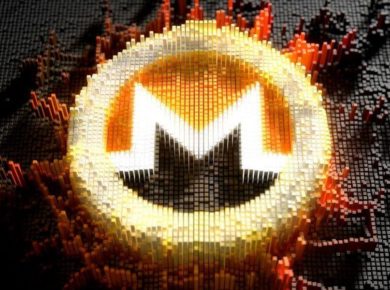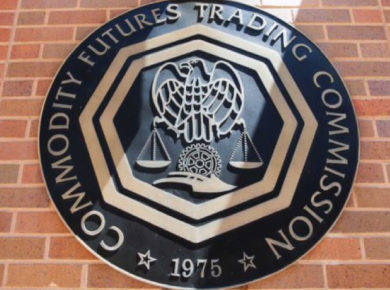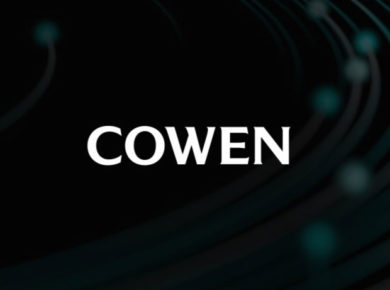Taproot, a proposed protocol upgrade that should improve Bitcoin (BTC)’s privacy and flexibility, seems to be in the final stage of its path to activation, with one more major step to take and, apparently, argue over: the LockinOnTimeout (LOT) parameter that determines whether or not BTC nodes will require mandatory signaling for activation of the soft fork.
Some bitcoiners are asking for the Taproot to be finally released and with “LOT=false”, claiming that nearly all developers and all large mining pool operators prefer it over the “LOT=true” option.
Indeed, many mining pools have indicated support for the Taproot upgrade, and the current total hashrate in support of Taproot is 88.7%. The argument that LOT=false supporters are making is that, if the community already agreed on activating the upgrade and there is no reason for LOT=true.
To many non-technical folks this means very little, or in fact nothing at all, so let’s simplify it.
Taproot is the long awaited proposed Bitcoin protocol soft fork upgrade that would offer more privacy as users would be allowed to mask smart contracts as regular BTC transactions. Its code has already been included in Bitcoin Core, and now it needs to be activated on the Bitcoin network. But the discussion is being led over the LOT parameter, as this one can be set to ‘true’ or ‘false.’
Why does it matter?
The process for the activation of Taproot is described in Bitcoin improvement proposal (BIP) 8. Miners would get a specific expiration date to activate Taproot, likely a year. Likely 90% of hash power signaling support for Taproot will be needed for the nodes to start enforcing the new set of rules, which in turn will decide if a Bitcoin block is valid or not.
If, however, there isn’t the necessary readiness signaled from the miners, and the LOT=false option is chosen, the activation will expire and the upgrade will not be activated, with possibly a new date set. And if the LOT=true option is chosen – well then, it’s a whole different story. Nearing the deadline, nodes will begin rejecting blocks that didn’t signal for Taproot activation, thus theoretically ensuring the activation threshold.
This is a simplified explanation and there are certainly many more technical details here.
Per a February 24 OpTech newsletter, organizer of London Bitcoin Devs Michael Folkson said that “there wasn’t overwhelming consensus for either LOT=true or LOT=false” during the second meeting about activation parameters for Taproot, but that there was “nearly universal agreement on other activation parameters, most notably reducing the amount of hash rate that needs to signal for the fork to activate from 95% to 90%.”
Discussion about the LOT parameter and the effects of encouraging users to choose the option themselves has continued, but “no clear agreement was reached as of this writing and there does not seem to be a widely supported path forward to activating taproot —even though taproot itself appears to be almost entirely desired,” the newsletter stated.
Still, according to the Taproot activation wiki, 26 attendees of the February meeting voted for LOT=false, 19 for LOT=true, but 14 from both these groups also suggested they would be fine with either choice.
Meanwhile, per a timeline shared after the meeting, Taproot’s activation could be started in July this year and completed by August 2022.
____
Learn more:
– Bitcoin Core 0.21.0 Brings Taproot Closer and Adds Tor, Fee, Signet Changes
– Taproot, One Of Bitcoin’s Biggest Upgrades May Be Coming Next Year
– Bitcoin a Step Closer to Taproot, the Biggest Upgrade Since SegWit
– Litecoin MimbleWimble Code Might Be Ready ‘Early 2021’
___
(Updated on March 17: Taproot’s activation timeline was clarified.)











